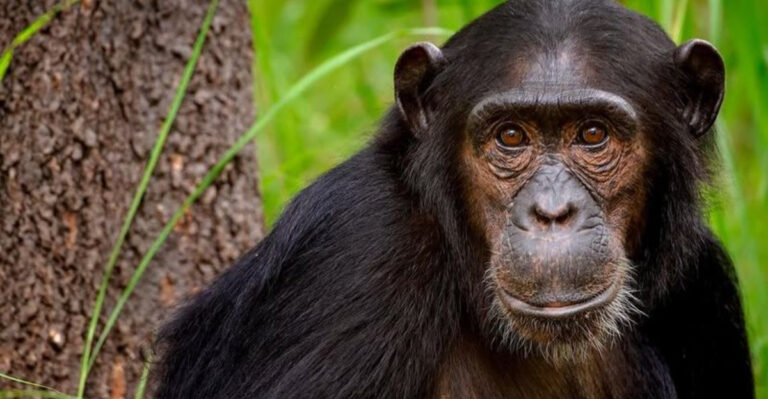14 Reasons Why Elephants Use Their Trunks For Literally Everything
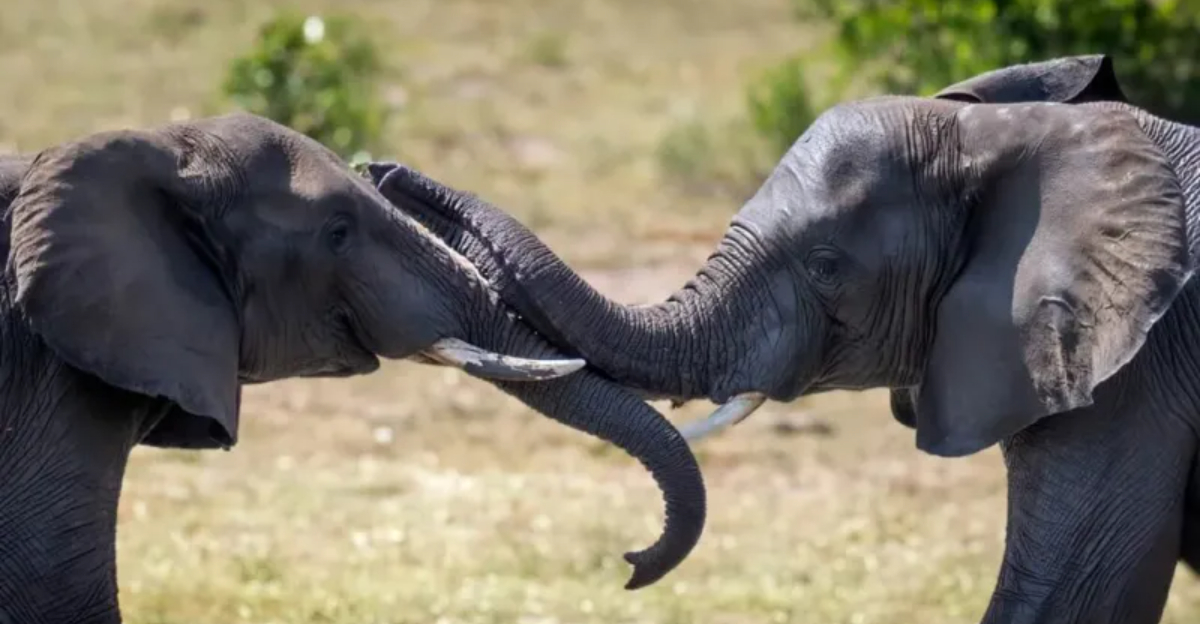
Ever thought about how versatile an elephant’s trunk is? It’s not just a nose; it’s a multi-tool that’s essential for everything from drinking to socializing.
These magnificent creatures have honed their trunk skills over centuries, making it an indispensable part of their daily lives.
1. Drinking Water
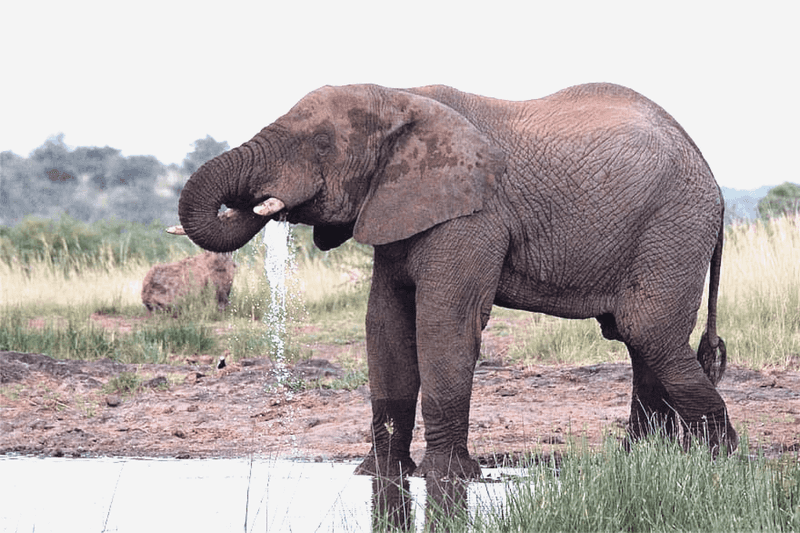
Ever seen an elephant take a drink? They slurp up water with their trunks, then tilt their heads back to pour it into their mouths. It’s like watching someone handle a flexible straw with finesse!
This technique is perfect for staying hydrated in the wild, especially when water isn’t within convenient reach. With this unique ability, elephants efficiently manage their water intake even in harsh environments.
2. Breathing
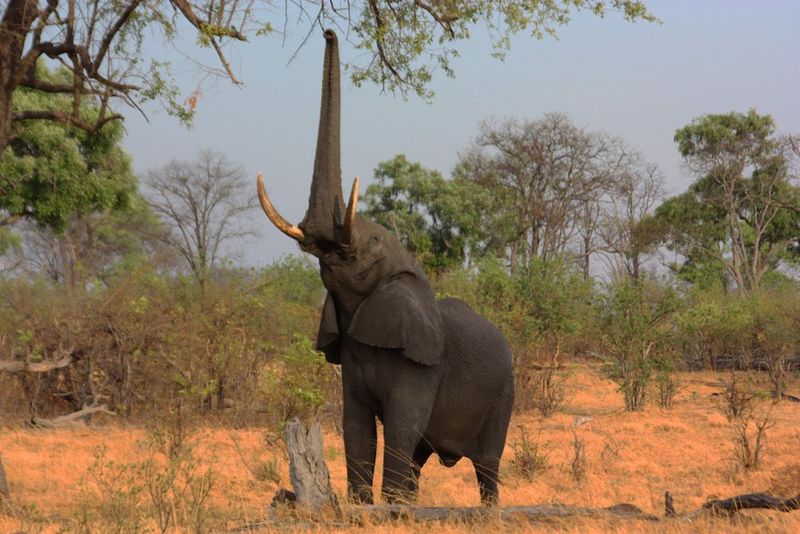
Taking a dip? Elephants breathe through their trunks, just like snorkelers in the ocean. When foraging or crossing rivers, they keep their faces submerged and trunks raised high.
This adaptation allows them to explore even deeper waters without worry. With such a handy breathing tool, elephants can multitask—cooling off while searching for tasty treats beneath the water’s surface.
3. Feeding
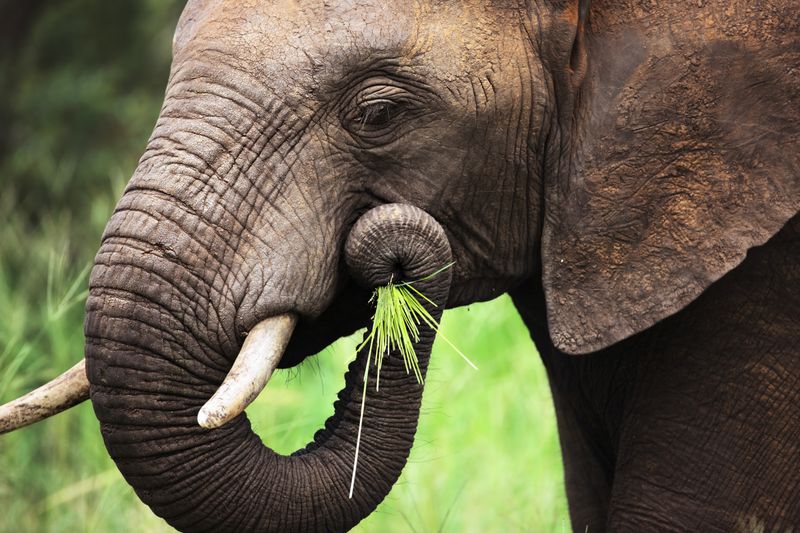
Lunch time is a spectacle! Elephants use their trunks to pluck leaves and branches with precision. It’s like having a built-in grabber for high-hanging snacks.
This allows them to reach food sources that are out of reach for many other animals. Not only do they feed themselves efficiently, but they also ensure that no tasty leaf or twig goes uneaten in their vicinity.
4. Socializing
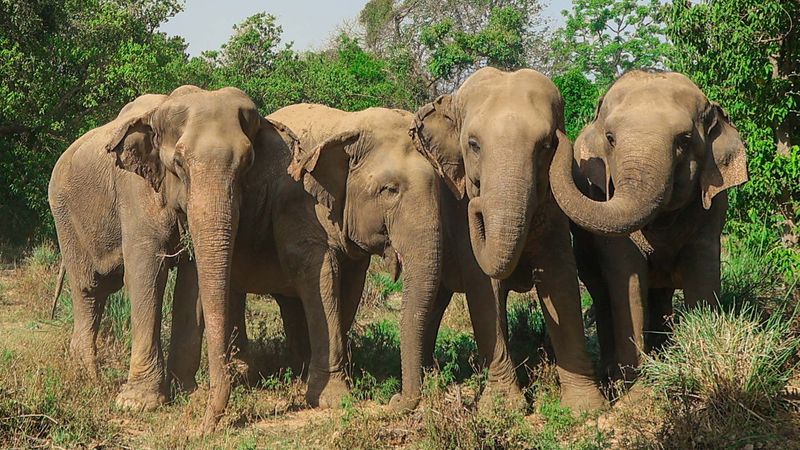
In the world of elephants, trunks aren’t just tools—they’re extensions of their hearts. When elephants greet each other, they touch and caress with their trunks.
This social interaction strengthens bonds within the herd. Imagine a handshake or a comforting pat among friends; that’s what trunks are for elephants, helping to maintain their strong social connections.
5. Communicating
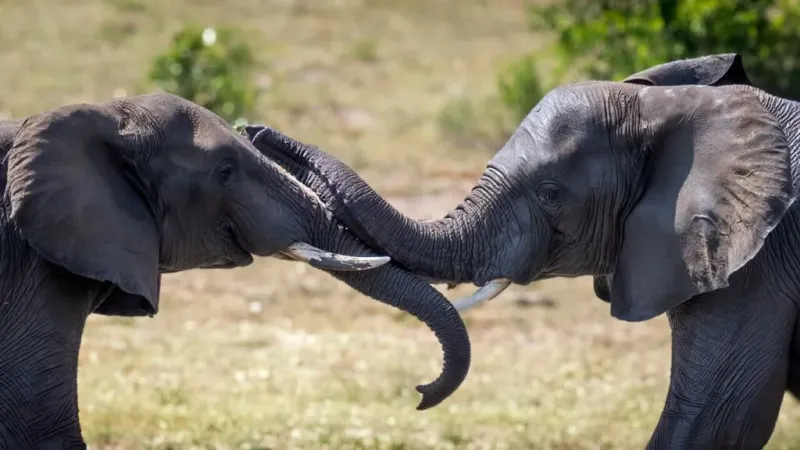
Trunks are the ultimate communication devices. Elephants use them to create sounds and vibrations that convey messages to one another.
From calling across vast distances to expressing emotions, their trunks are integral to their language. This remarkable ability fosters a deeper understanding within the herd, ensuring everyone stays connected, no matter how far apart they may be.
6. Bathing
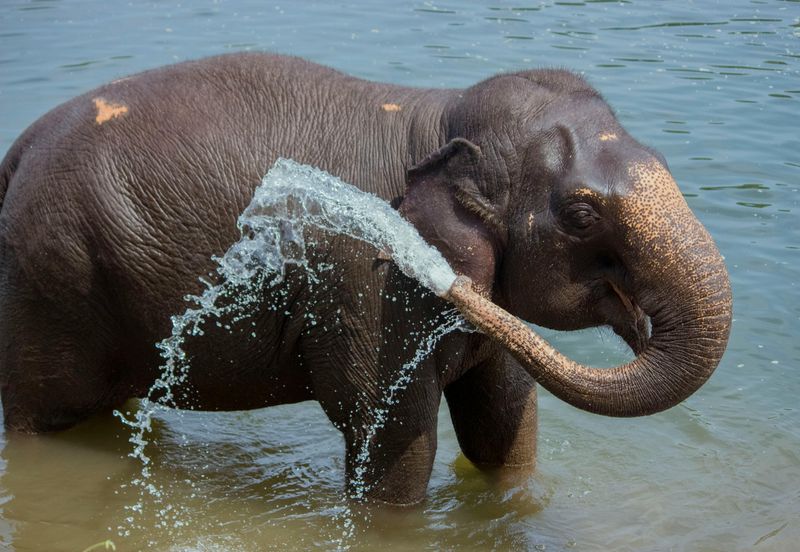
Nothing beats a good shower! Elephants love to bathe by spraying water over themselves with their trunks. It’s bath time and cooling down all at once. This behavior keeps their skin clean and helps regulate body temperature.
By turning dust baths into refreshing rituals, elephants showcase how their trunks serve dual purposes—hydration and hygiene, a two-in-one spa experience.
7. Exploring
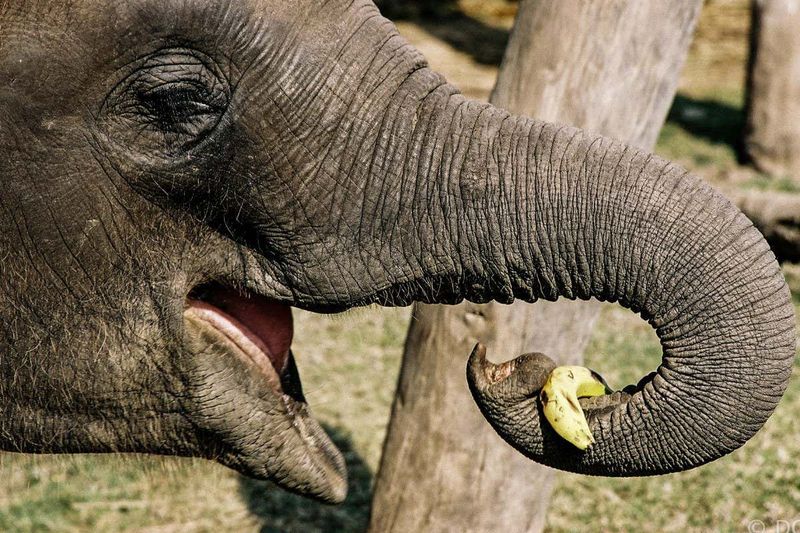
Think of trunks as sensory super-tools. Elephants use them to explore their environment, detecting scents and textures. This heightened sense of touch and smell guides them to food, mates, and even danger.
The trunk’s sensitivity makes it an indispensable guide, ensuring elephants know their surroundings intimately. Every sniff and touch enriches their understanding of the complex world around them.
8. Lifting Objects
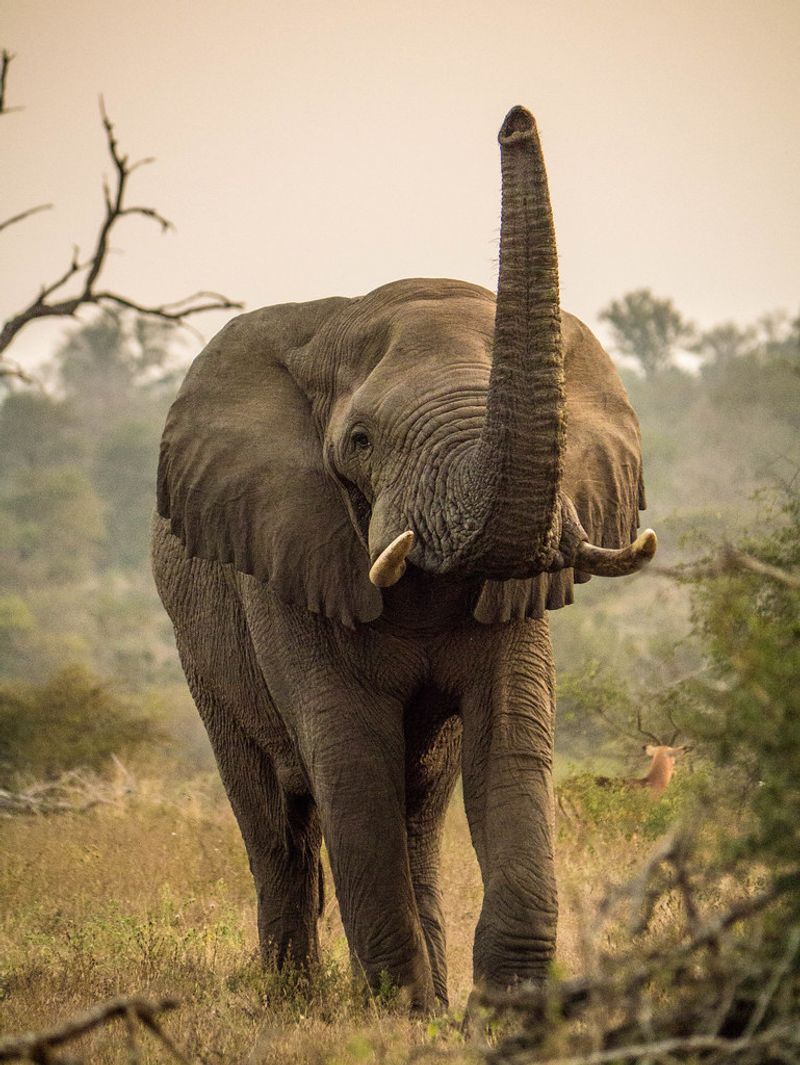
Need something moved? Call an elephant! They can lift heavy objects like logs with ease, thanks to their powerful trunks. This strength and dexterity allow elephants to clear paths, build makeshift tools, or even rescue calves in sticky situations.
The trunk’s versatility as a lifting tool showcases its role in problem-solving and adaptability in the wild.
9. Scent Detection
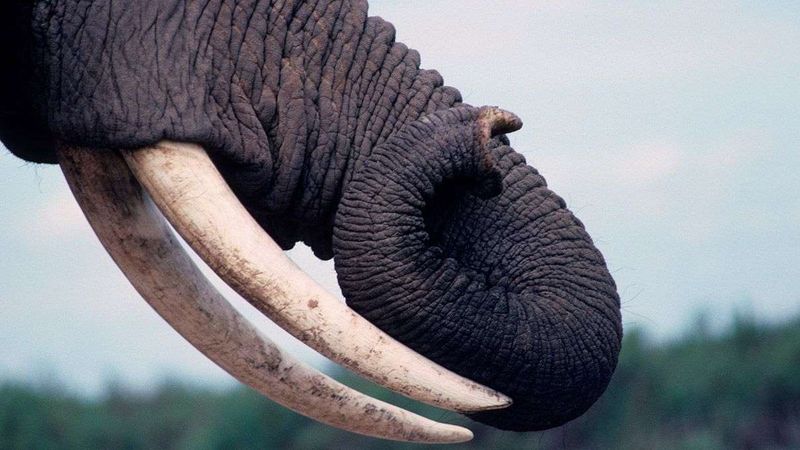
Following a scent trail? Elephants can detect odors from miles away, thanks to their trunk’s advanced receptors. This skill is crucial for locating food, water, and potential mates across vast distances.
The ability to sense the environment so acutely ensures elephants are always a step ahead in survival. Their trunks function as nature’s perfect GPS, always sniffing out the best routes.
10. Picking Up Small Items
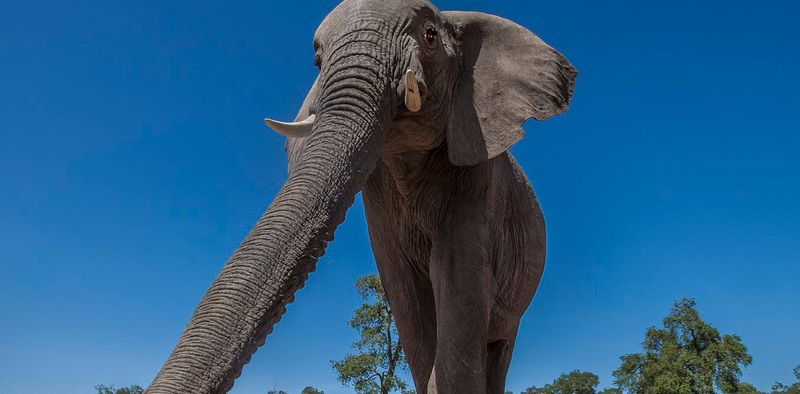
Despite their size, elephants have the precision to pick up tiny items with their trunks. Imagine grabbing a grain of rice with chopsticks—that’s elephant-level skill!
This dexterity allows them to handle delicate objects, showcasing a soft touch in a world where brute strength often rules.
11. Digging
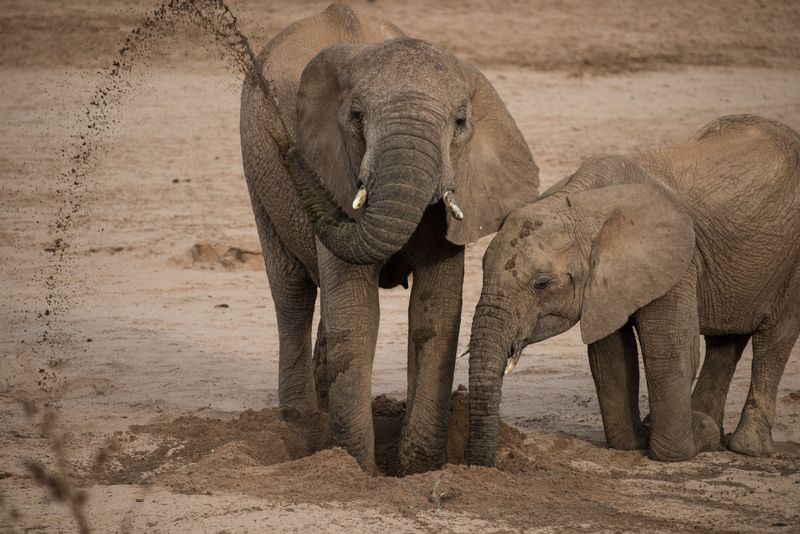
When resources are scarce, elephants dig for water and roots with their trunks. This natural shovel is essential during dry seasons, revealing hidden reserves.
By unearthing these precious supplies, elephants ensure the survival of themselves and their herds. Their digging prowess highlights the trunk’s role in overcoming challenges and sustaining life in the toughest conditions.
12. Defense
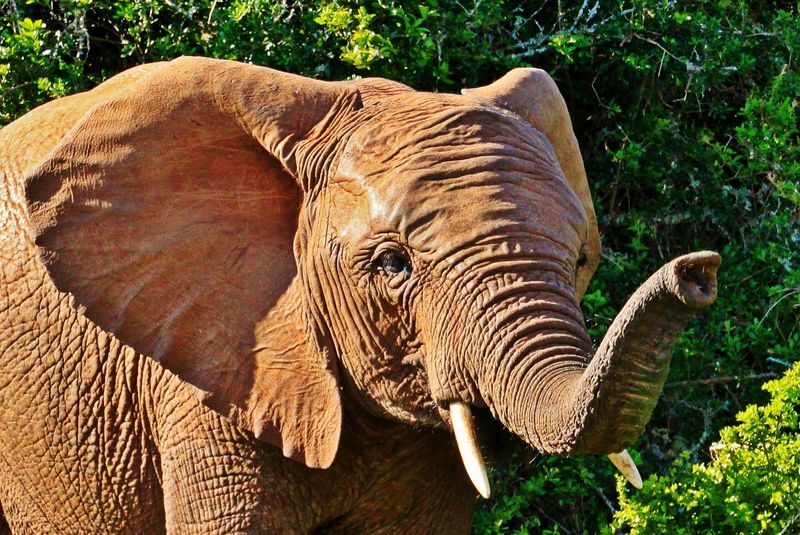
In danger, elephants don’t back down—they swing their trunks as powerful weapons. These defensive maneuvers can deter predators and protect the herd.
The trunk’s strength and flexibility make it a formidable tool in warding off threats. By using their trunks as both shields and swords, elephants demonstrate their capacity to defend and assert themselves in the wild.
13. Trunk-Arm Movement For Stability
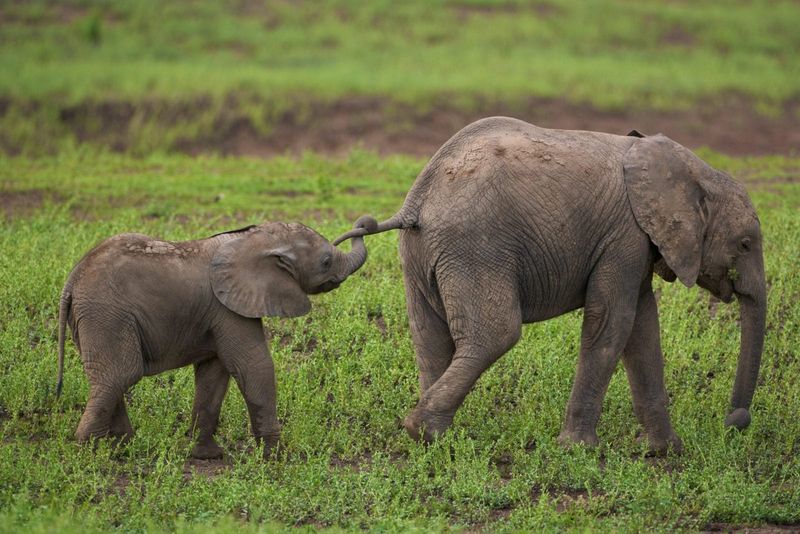
Balance is key, even for giants. Elephants use their trunks to stabilize themselves, especially on uneven ground. This added support is crucial when navigating tricky terrains or inclines.
The trunk acts as an anchor, helping them maintain equilibrium and reducing the risk of falls. It’s an ingenious adaptation that underscores the trunk’s multifaceted utility beyond just grasping or holding.
14. Drinking In The Wild
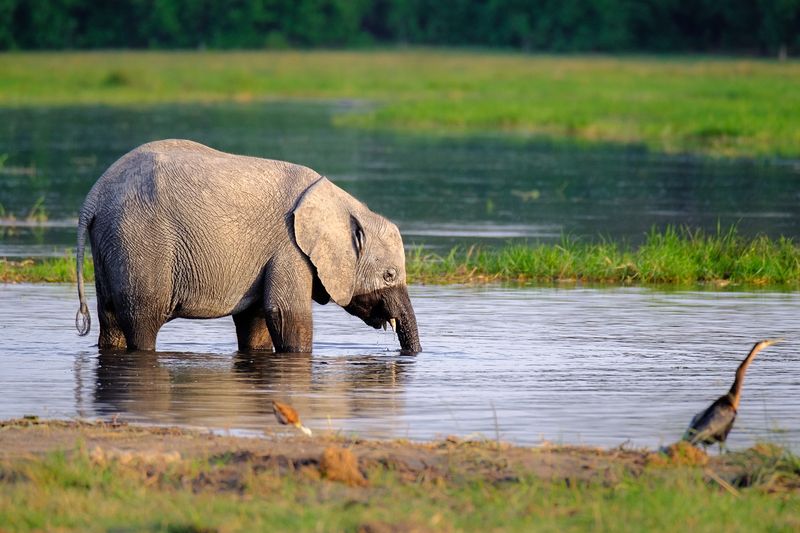
In the wild, elephants are experts at accessing water sources with their trunks. Dipping them into rivers or ponds, they draw water effortlessly. This skill is vital for survival, especially in isolated areas where water is scarce.
By mastering the art of trunk-assisted drinking, elephants ensure they remain hydrated without depending on external sources, showcasing their self-reliance and ingenuity.


